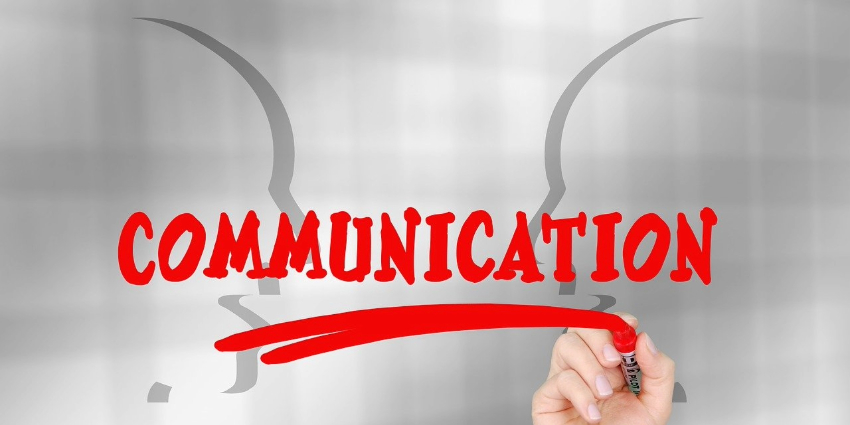In 1986, the Chernobyl power plant suffered a major disaster that directly killed 31 people and is estimated to have indirectly killed over 4000. While the plant itself possessed an inherently unsafe design, the Russian culture, at the time, did not encourage the raising of concerns or mistakes. During a simulated power shutdown, operators who were not fully equipped to deal with the situation, made a series of protocol mistakes which resulted in a steam explosion, followed by a nuclear explosion. The cause of the disaster was in large part because operators did not speak up about their concerns.
Thirteen years later, Dr. Amy Edmondson, Harvard professor and researcher, was studying clinical teams and the number of mistakes made by various teams. During her research she was surprised to find that teams with a higher number of positive outcomes actually made more mistakes than teams with fewer positive outcomes. It was a surprising result, but after further investigation, Dr. Edmondson discovered that in fact those teams with better outcomes were admitting more mistakes, while the teams with fewer positive outcomes were more likely to hide theirs. As a result, Dr. Edmondson began to formulate the concept of psychological safety, namely: the belief that one will not be punished or humiliated for speaking up with ideas, questions, concerns, or mistakes. She believed that psychological safety was a key factor in the performance of the teams she studied.
Now think about the strongest team you’ve been a member of. It could be a sports team, a work team, or some other group of people with a shared goal. Being a member of that team probably felt good, it may have even been energizing and inspiring. While the members of that team may have been experts in their field, it’s likely that being a member of that team felt good because team members felt safe to be themselves. They, and you, likely felt free to admit mistakes, ask for help, and even challenge ideas from other team members without fear of humiliation or embarrassment.
Think about one of the poorest performing teams you’ve been a member of. Perhaps you felt that you had to put on a “mask” (disregarding our current climate) and be a different version of yourself in order to fit in. You may not have been able to admit mistakes, or ask for help, for fear members of the team would see it as a weakness and possibly use it against you in the future. Chances are, you didn’t feel very safe on that team.
Think of these two teams when thinking about levels of psychological safety. Psychological safety isn’t a binary “on or off” factor, it’s a sliding scale. Teams (and members of those teams) possess it to varying degrees. The strongest performing team you were on probably possessed a lot of safety, while the poorest performing team probably did not.
CLICK HERE for a simple infographic detailing the Four Quadrants of Psychological Safety. Organizations strive for their team members to create, possess and thrive in these quadrants. Where does your organization fall?
If you’re not sure, click on the graphic, print it and share it with your team. Ask team members where they feel the team falls. If there is willingness to evaluate the environment, there can be willingness to change it.
How will you contribute to fostering Learner safety? Inclusion safety? Etc…
Contact me if you think your organization will benefit from exploring these ideas further; I’d love to help.
Also, if you have not yet downloaded the eBook 4 Strategies to Create Safety and Build Connections, it can help give you some starting strategies.
Do it now. Like, right, now.













